Snorkeling in the Caribbean isn’t just about spotting colorful fish. It’s about diving into an underwater world full of coral, marine life, and in some places, sunken art and shipwrecks. The water here is usually warm, crystal clear, and teeming with life, making it one of the best places in the world to try snorkeling. Here’s a simple and useful guide to 8 must-visit snorkeling spots you shouldn’t miss, including tips, what to expect, and how to get there.
If you’re planning a cruise or vacation in the Caribbean and you’re even slightly curious about what lies beneath the ocean surface, then pack a snorkel. Whether you’re already on a cruise or planning to be, this guide will help you make the most of your Caribbean adventure, especially when it comes to snorkeling.
Discover Underwater Art in Grenada’s Molinere Beauséjour Marine Park
Start with something a little different like snorkeling through an art exhibit that’s completely underwater. Grenada’s Molinere Beauséjour Marine Protected Area is the world’s first underwater sculpture park. It’s not just pretty; it was actually built after Hurricane Ivan to help coral and fish come back to the area. British artist Jason deCaires Taylor created 75 sculptures, and coral has now grown over many of them.
One of the most well-known sculptures is called “Vicissitudes,” showing a group of children holding hands in a circle. It’s a surreal experience to swim above them.
This spot is only reachable by boat. The sculptures are between 5 to 8 meters deep, so you’ll see some better than others from the surface. If you want a closer look, try booking a snorkel tour or even a dive trip from St. George’s or Grand Anse Beach.
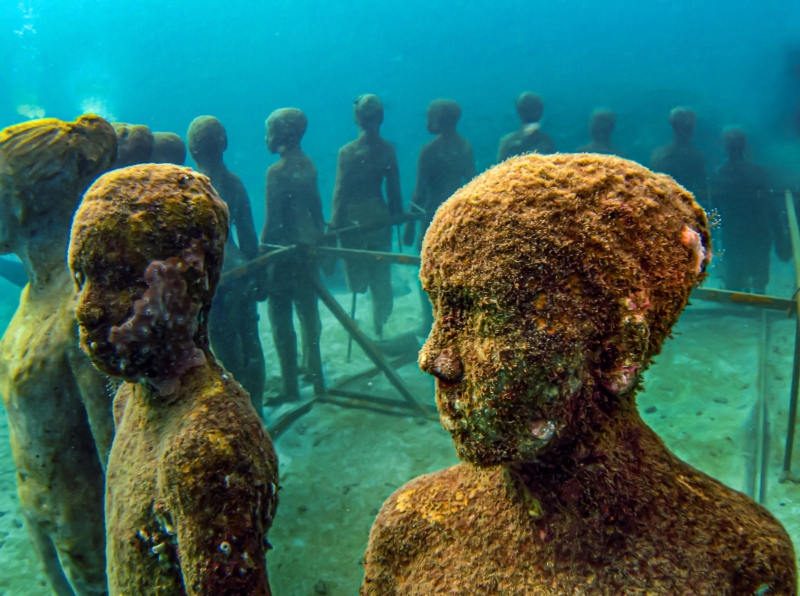
Swim with Sharks at Hol Chan Marine Reserve in Belize
In Belize, head to the Hol Chan Marine Reserve near Ambergris Caye. This massive protected area covers over 41,000 hectares of sea and land. There are mangroves, coral reefs, and seagrass beds, but the main attraction is “The Coral Garden.”
Snorkeling here is calm and colorful, you’ll float over coral columns as schools of fish like butterfly fish and sergeant majors swim right by you. Nearby is Shark Ray Alley, where nurse sharks and stingrays are often seen in groups. It sounds intimidating, but they’re harmless and just as curious about you as you are about them.
Ask your tour guide in advance if they feed the sharks some do, and if you’re not comfortable with that, it’s good to know beforehand.
You can book a snorkel tour through local outfits like Searious Adventures or Island Dream Tours, which also include equipment and drinks.
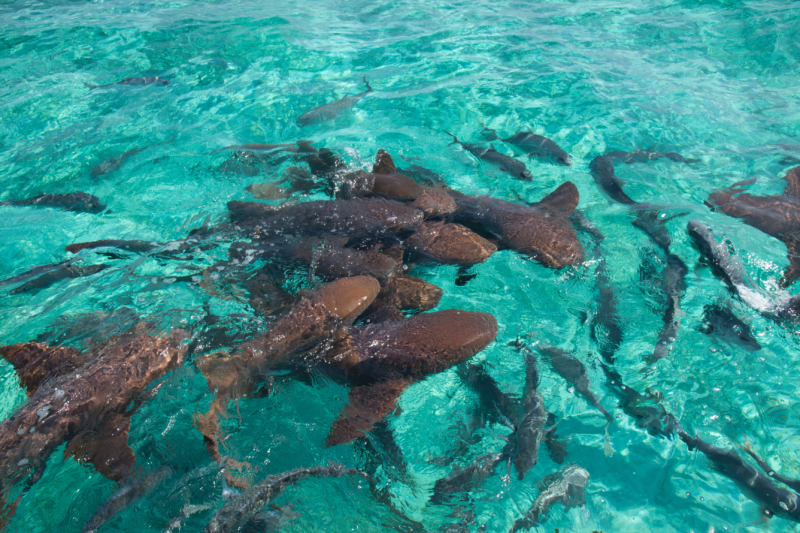
Beach Snorkeling at Anse Chastanet in St. Lucia
If you’re looking for easy snorkeling directly from the beach, head to Anse Chastanet in St. Lucia. It has great views of the famous Piton mountains, and more importantly, amazing underwater life just a short swim from shore.
The reef here is part of a protected marine area and is clearly marked with buoys. This means you don’t need to worry about boats or currents. You’ll likely see trumpetfish, angelfish, and even moray eels if you’re lucky.
Even though Anse Chastanet is often visited by boat, it’s a public beach, and there’s free parking nearby. Just bring your own gear or rent from a local shop.
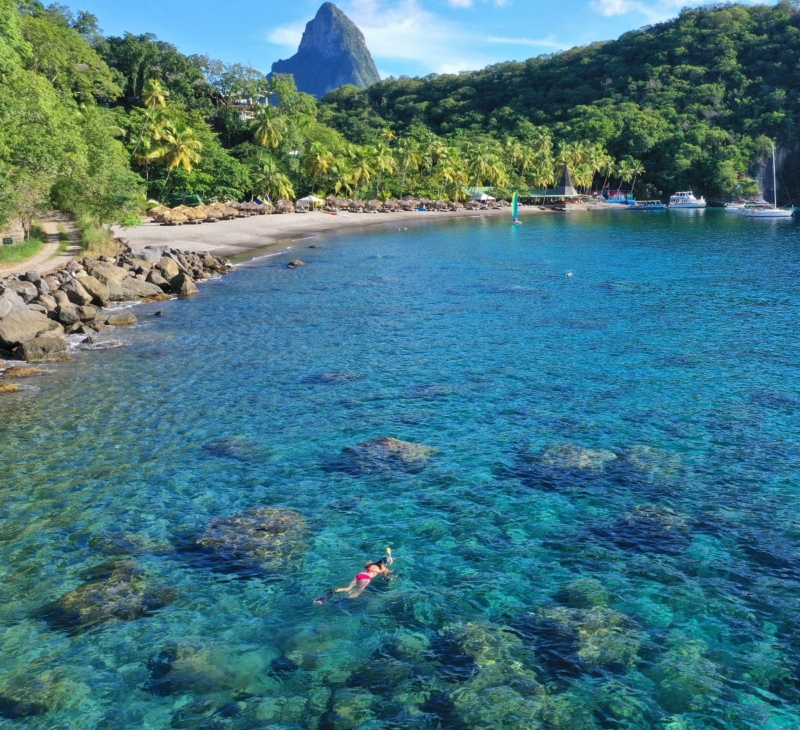
Doctor’s Cave Beach, Montego Bay, Jamaica
If you’re in Jamaica, Doctor’s Cave Beach in Montego Bay is perfect for families and beginner snorkelers. The water here is much calmer than other areas around Jamaica, which is known for rougher seas.
This beach is part of the Montego Bay Marine Park. You can swim straight from the sand and spot small reefs filled with parrotfish, sergeant majors, and even the occasional lionfish (beautiful but best admired from a distance).
There’s an entry fee of around $6, but it includes access to changing rooms, showers, and bathrooms. You can also rent chairs and umbrellas, making it an easy all-day stop. Food and drinks are available from beachside restaurants, so there’s no need to pack lunch.
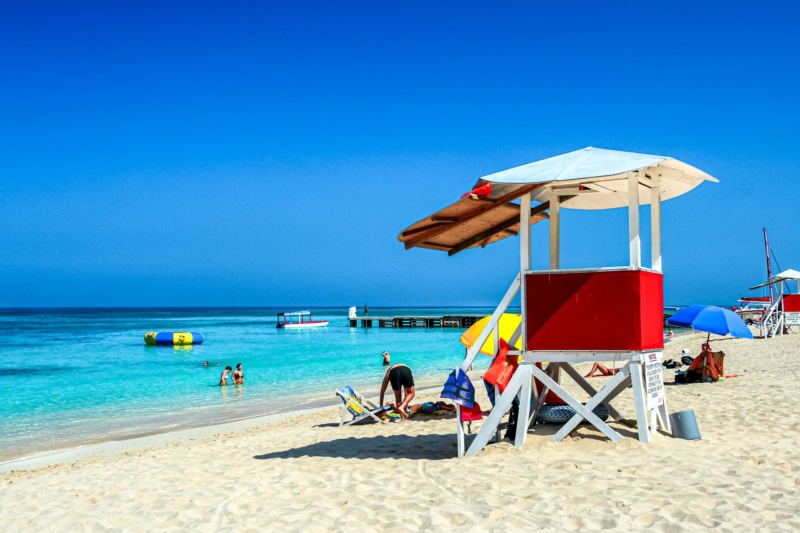
Sint Maarten’s Mullet Bay
Mullet Bay, located on the Dutch side of Sint Maarten, is known for its soft sand, blue waters, and one particular underwater resident—puffer fish.
Most of the fish hang around the rocky side of the beach. It’s a bit limited compared to other Caribbean spots, but the water is clear, and on a calm day, it’s very relaxing. You might also spot butterfly fish and small snappers.
Weekends can get crowded with locals, so visit during the week for a quieter experience. Bring your own gear or rent from nearby vendors. For more beach recommendations in Sint Maarten, check this official tourism page.
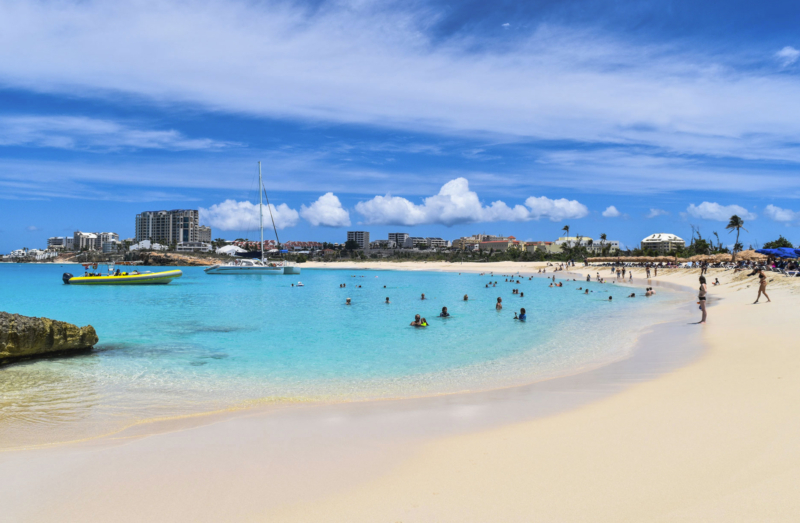
Starfish Point in Grand Cayman
Head to Starfish Point in Grand Cayman, and you’ll see…you guessed it! starfish. Big, red cushion starfish line the shallow shore. In some areas, the water is only ankle-deep.
It’s a low-effort, high-reward kind of stop. You don’t even need fins or snorkels, though they help for better views. It’s ideal for younger kids or those who want to experience marine life without swimming out far.
For fewer people, come early in the morning. Some tours from Stingray City stop here later in the day, so driving yourself gives you more privacy.
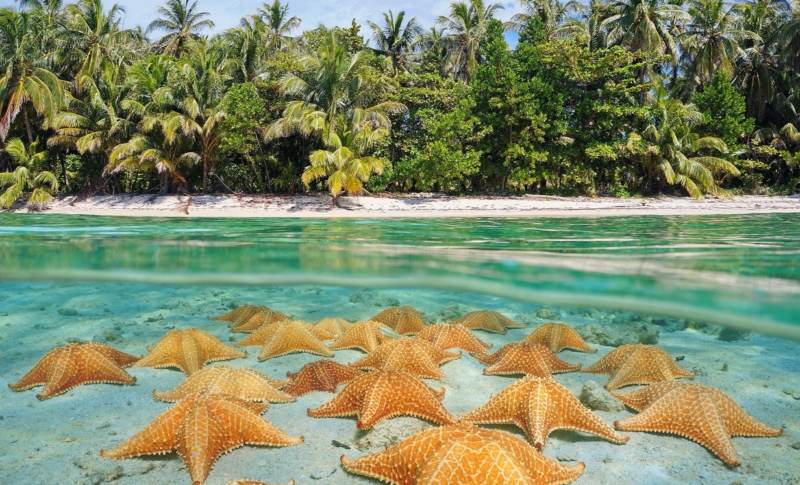
Coral at Smith’s Reef, Turks and Caicos
Smith’s Reef is a gem in Turks and Caicos, located near Turtle Cove Marina on Providenciales. It’s famous for its diverse corals—you’ll see sea fans, sponges, and soft corals grouped closely together.
You can spot sea turtles, eagle rays, and even squid if you’re snorkeling in the late afternoon. The reef is accessible from the beach, but it’s a bit of a walk, so if you want to skip the trek, book a tour with Caicos Dream Tours.
This spot is still in great condition, so treat it with care. Always use reef-safe sunscreen like Stream2Sea, which is biodegradable and ocean-friendly.
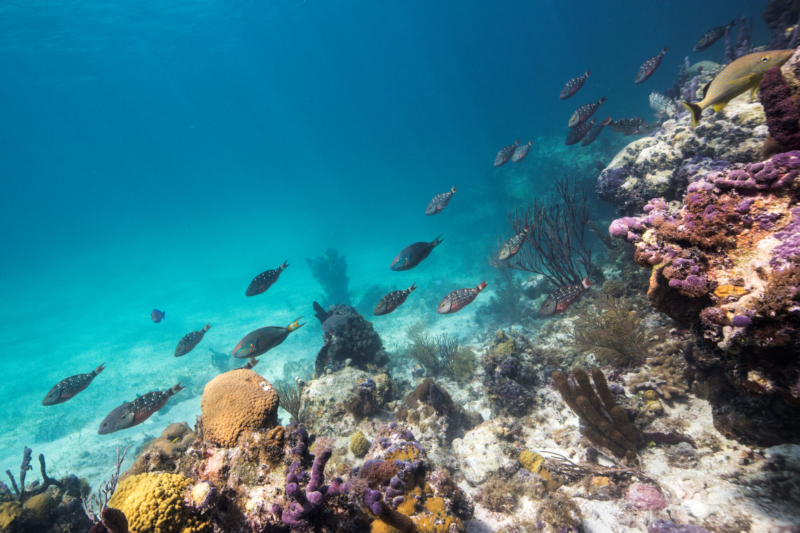
Shipwrecks and Sea Turtles at Carlisle Bay, Barbados
Carlisle Bay Marine Park in Barbados is a dream spot if you’re into shipwrecks and sea turtles. There are seven shipwrecks here, all deliberately sunk to create habitats for marine life.
Some of the wrecks are very close to the surface. The shallowest, called “The Barge,” is only about 3 meters deep. You’ll find schools of colorful fish swimming through the wrecks, and turtles are often spotted nearby.
You can join a guided snorkeling tour, but the wrecks are close enough to swim to from the beach (just about 200 meters out). Bring your own gear if you want to go at your own pace.
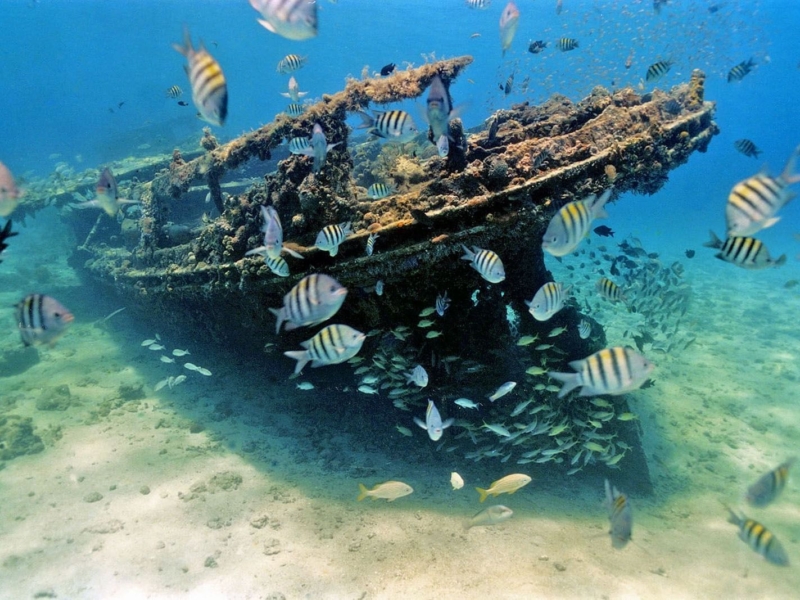
Final Tips for a Great Snorkeling Trip in the Caribbean
Snorkeling in the Caribbean is for everyone—from first-timers to seasoned adventurers. To get the most out of your trip:
- Bring your own snorkel gear if possible. Rental gear is available in most places, but having your own means a better fit and more comfort.
- Always use reef-safe sunscreen to help protect marine life.
- Book local tours in advance, especially during peak seasons.
- Respect marine life—don’t touch the coral or animals, no matter how tempting.
For more travel guides, snorkeling tips, and Caribbean experiences, read our blogs here. It’s packed with real advice, destination reviews, and easy-to-follow plans for every type of traveler.
Save This Blog and Dive In
If you're snorkeling your way through the Caribbean or still planning your trip, save this blog so you can use it when you're on the go. Each spot offers something different—whether it’s sculptures, turtles, sharks, or coral.
Use this as your snorkeling checklist, and you won’t waste time figuring things out when you should already be in the water. Have fun, stay safe, and enjoy the world beneath the surface!
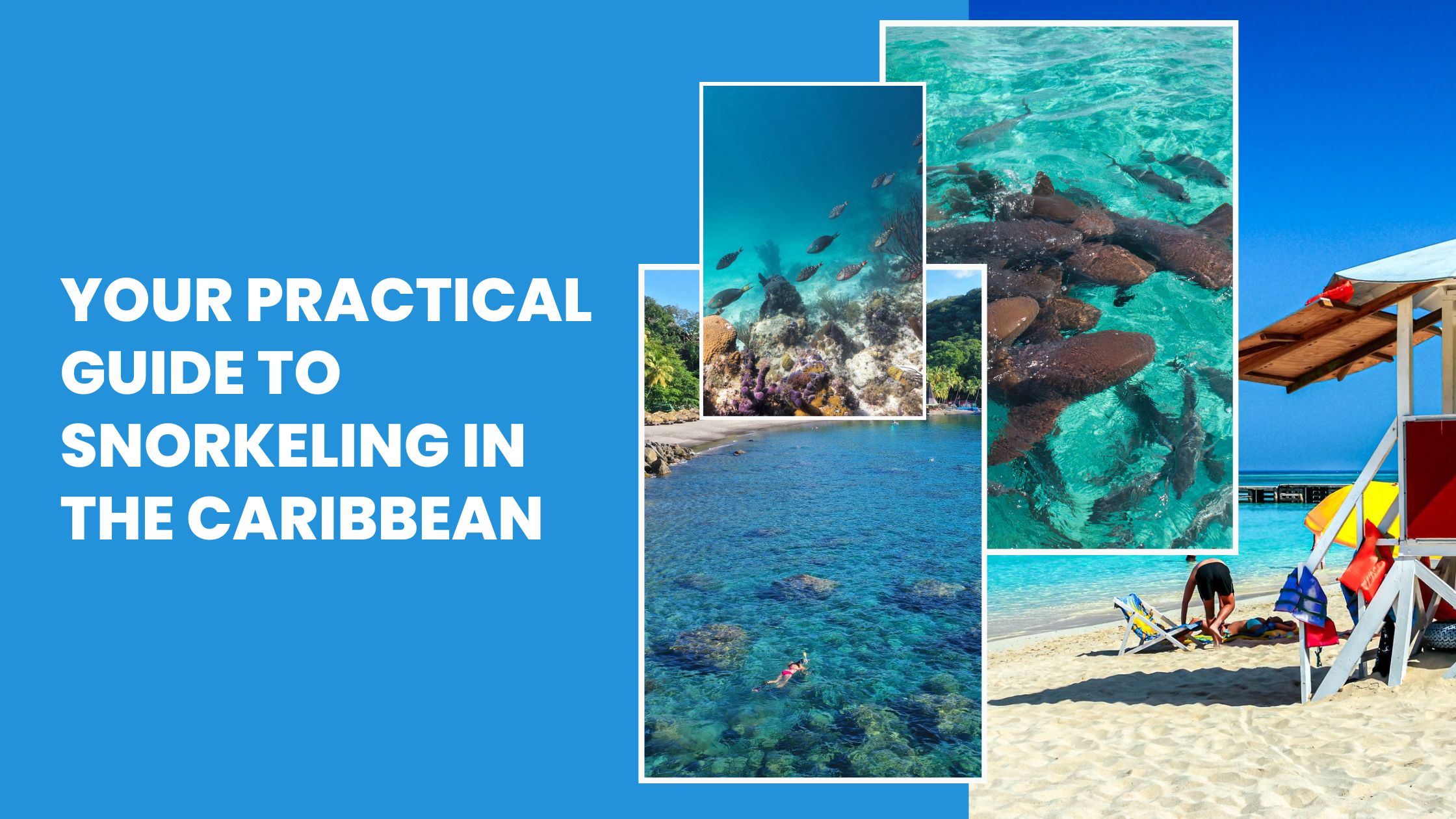
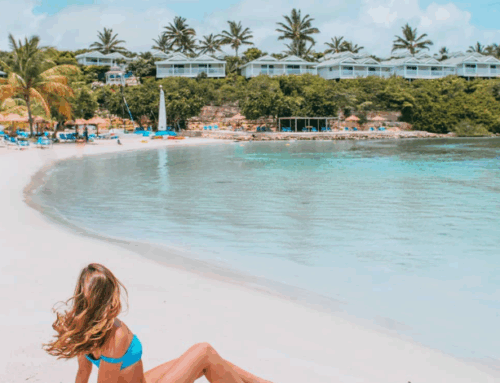

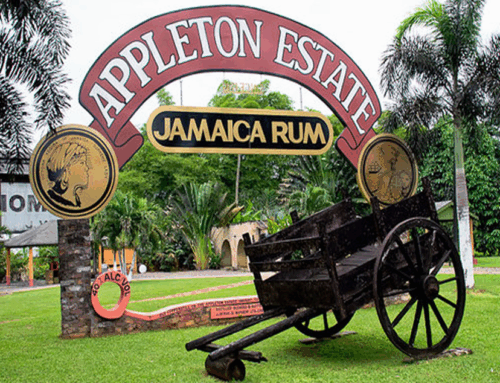
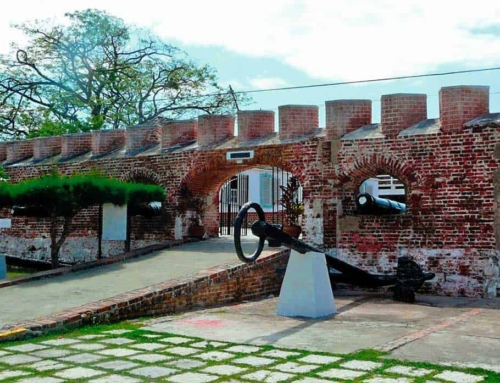
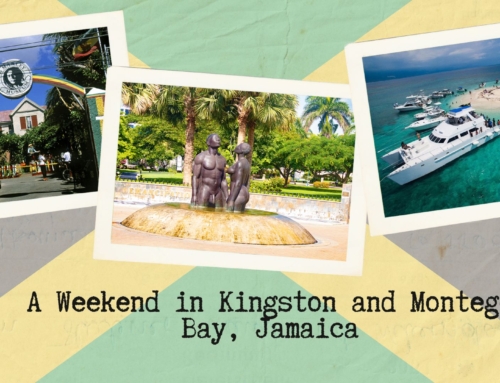
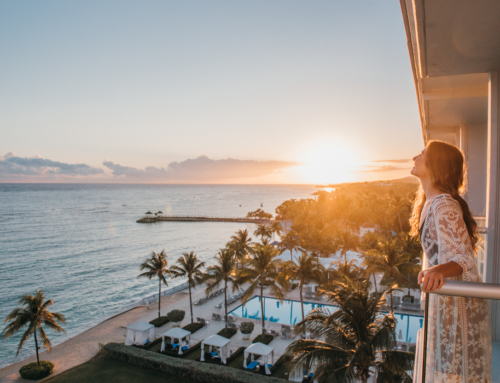
Leave A Comment